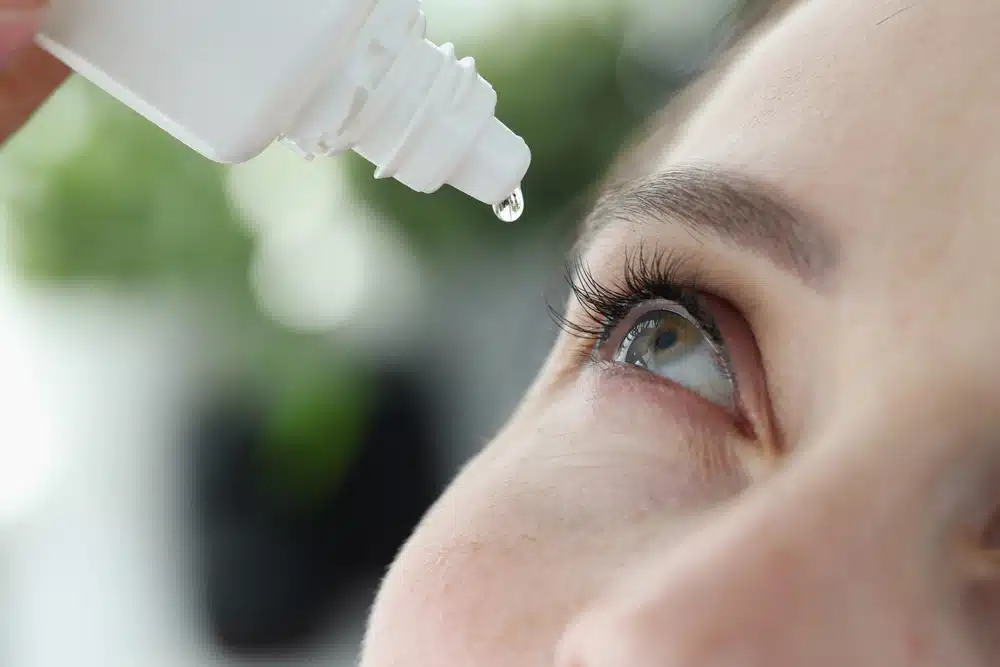Whether you suffer from dry eyes or another condition that requires the regular use of eye drops, know that nobody really enjoys having to put them in. That being said, there are some ways to make the process easier and less stressful. Let’s explore best practices when it comes to putting in eye drops.
Contents
Are Your Eye Drops Expired?
Expiry dates aren’t just for show, especially on eye drops! Not only can the mixture of ingredients change in chemical nature beyond the date of expiration if not used, but they could even trigger irritation or discomfort. What’s worse is the potential risk of inflammation or even allergic reactions to ingredients in some drops if they become more potent after expiration. If your eye drops are past expiry, do your eyes a favour and pick up new ones.
Clean Hands and Products Mean Reduced Bacteria Transfer Risk
Personal hygiene is critical whenever applying eye drops, as there’s a chance that your fingertips may interact with the dropper when handling it. This could mean that, if your hands are dirty, you may wind up transferring unwanted bacteria and germs to your eyes when the drops are administered. Wash your hands thoroughly before and after handling eye drops to reduce the risk of this occurring. Also, whenever handling the dropper or cap, ensure that neither rest on the countertop or other surfaces for the same reason.
Our Quick Guide for Hassle-Free Eye Drop Application
Next, try to follow these quick and straightforward drop application steps (in order):
- Use a mirror to view the application process.
- Lower your chin slightly.
- With clean hands, gently bring down the lower eyelid.
- Carefully line up the prepared dropper with the opened pouch of the lower eyelid.
- Squeeze the dropper/bottle to administer eyedrops into the pouch.
- Let go of your lower eyelid and blink repeatedly for a few seconds to spread the drops over your eye naturally. Repeat for the other eye as needed.
Need a Hand? Chat With Your Optometrist!
Many folks are squeamish or uncomfortable with putting in eyedrops, or you might also be unsure as to which drops are the best choice. For further assistance, it’s a good idea to discuss your circumstances with your optometrist, who will be happy to provide informed recommendations or even assist you with putting in drops if needed.
On that note, do you need a hand with matters related to eye drop selection, application, or otherwise? Reach out to us today at Laurier Optical!
